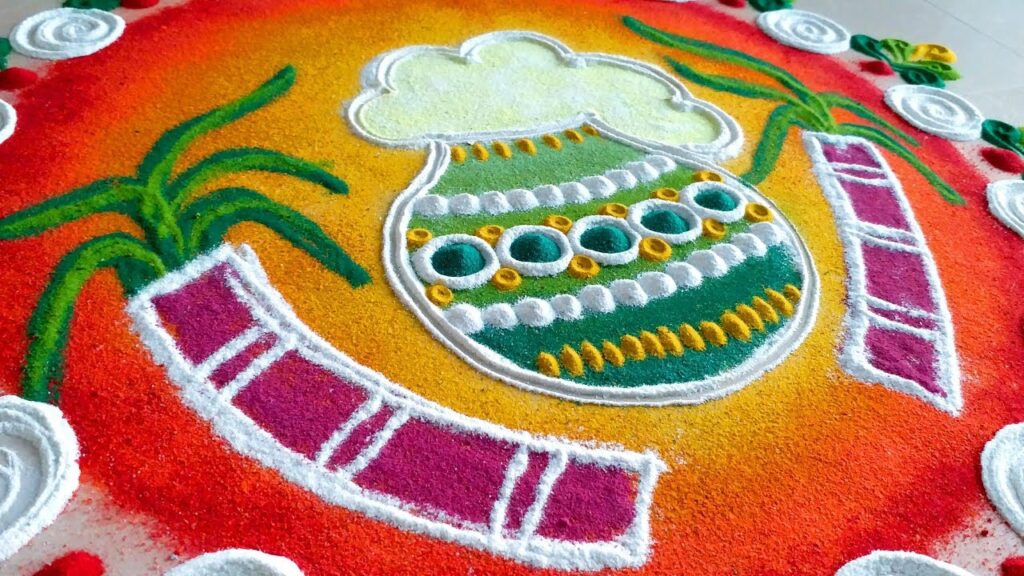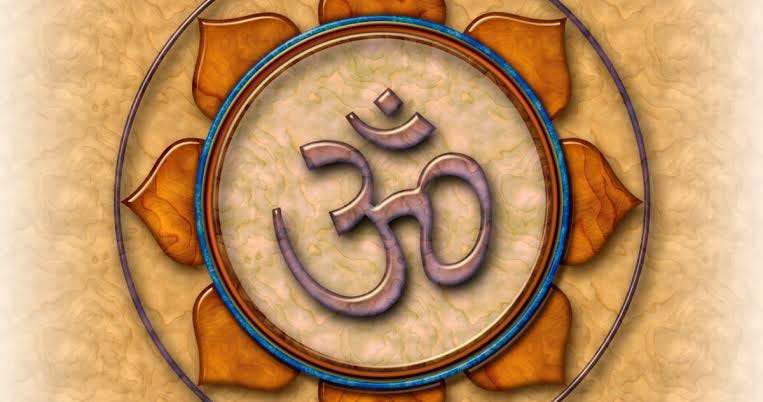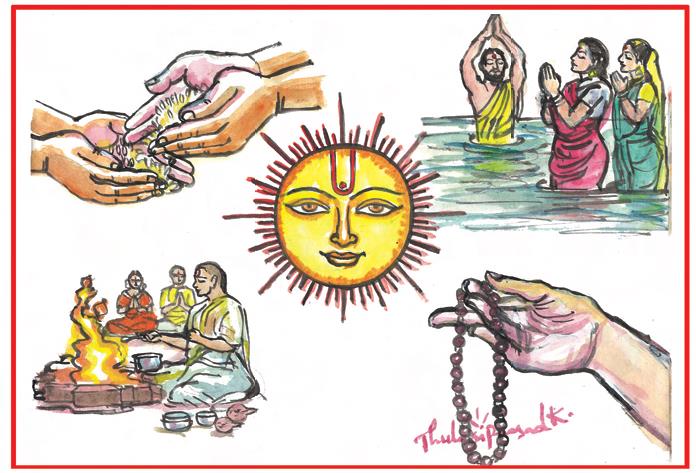Pushyamasam
In the auspicious constitution of the Hindu calendar, Pushyamasam stands as a jewel, radiating its propitious glow between December and January. It is a time when traditions come alive and the spirit of devotion dances hand in hand with the changing seasons.
As we delve deep into the heart of Pushyamasam, let us explore its significance, the rituals that adorn it, the culinary delights that grace its festivities, the science behind the sacred river baths, and the spirit of offering that defines the divine month.

Significance of Pushyamasam
Pushyamasam, nestled within the hold of the Pushya Nakshatra, is considered highly auspicious in the Hindu calendar. It marks the transition of the Sun into the zodiac sign of Capricorn, heralding a period of spiritual significance and celestial alignment. The month holds a sacred aura, inviting devotees to deepen their connection with divinity and celebrate the divine presence in their lives.
Rituals to be performed
During Pushyamasam, devotees engage in various rituals to enhance their spiritual connection. These may include daily prayers, recitation of sacred texts, and visits to temples. Lighting lamps, performing pujas, and engaging in acts of charity are common practices. The observance of fasts, particularly on specific days, is believed to purify the mind and body, fostering spiritual growth.

Makar Sankranti Celebrations
As the Sun moves into the zodiac sign of Capricorn, Makar Sankranti heralds the beginning of longer days and the end of winter. Devotees perform special prayers, thanking the Sun for His life-giving energy.
Holy Dip in the Rivers
Tradition encourages individuals to take a holy dip in rivers during Pushyamasam. Beyond the spiritual symbolism, there are scientific reasons for this practice. The cool weather enhances blood circulation, and the minerals in the river have therapeutic effects on the skin.
The Scientific Reasons for Bathing in Rivers
To take a holy dip in the river is not merely a ritualistic program. It aligns with the scientific rhythm of nature. The cooler temperatures and specific celestial alignments during this time contribute to the purity and freshness of river waters. Scientifically, the cold water invigorates the body and mind, promoting physical and mental well-being.
Puja and Homas
Temples come alive with vibrant rituals and pujas during Pushyamasam. Devotees participate in homas, igniting the sacred fire to invoke positive energies and blessings from the deities.
Food to be Taken
The culinary delights of Pushyamasam reflect the diversity of traditions across regions. It is a time for savoring dishes that blend flavors with symbolism. Traditional sweets, sesame-based preparations, and foods that generate warmth are often enjoyed. These culinary choices not only gratify one’s sense of taste buds but also align with the seasonal changes, promoting one’s well-being.
Daanas (Charitable Activities)
Pushyamasam is a time to enhance the spirit of offering. Daanas, or acts of charity are considered especially potent during this period. Whether it is donating to the less fortunate, supporting educational initiatives, or contributing to environmental causes, the essence primarily lies in selfless offering. This practice not only fosters a sense of identification with the community but also aligns with the principles of ‘sanatana dharma.’

Drawing inspiration from the epics, Pushyamasam teaches invaluable lessons. In the Mahabharata, the significance of righteousness (dharma) is emphasized, urging us to align our actions with moral principles.
The Ramayana exemplifies the importance of devotion and unwavering commitment to truth. In essence, Pushyamasam is not just a collection of rituals. It is a conglomeration of spirituality, tradition, and society. It beckons the youth to encourage their cultural heritage with enthusiasm and curiosity, finding resonance in the ancient wisdom that transcends time.
Conclusion
As the torchbearers of the future, youth should attract the rich tapestry of their cultural heritage. Pushyamasam beckons not just for ritualistic observance but for a deeper understanding of the collaboration between tradition and science. It teaches that spirituality is not divorced from reason.
It intertwines a sense of offering as a holistic approach with a sense of fulfillment in life. In conclusion, Pushyamasam is a celestial ballet that invites us to dance in harmony with tradition, spirituality, and scientific understanding.
As we immerse ourselves in the ritualistic approaches, savor the culinary delights, and extend a good hand in charity, let the radiant aura of Pushyamasam illuminate our hearts and minds and guide us toward the path of righteousness, prosperity, and well-being.

